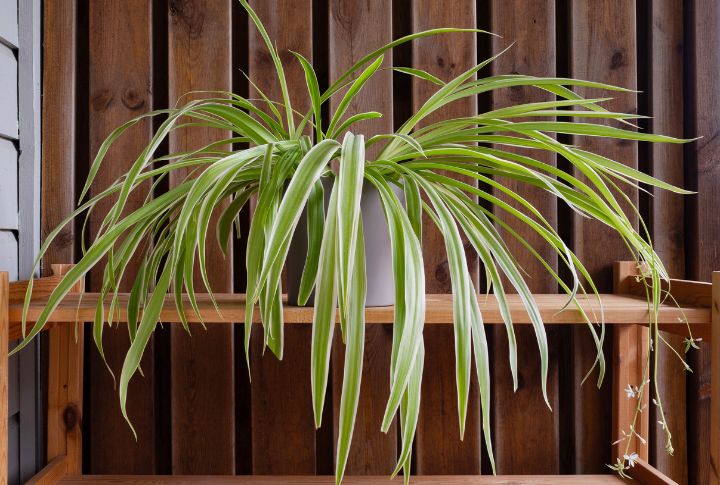
Spider plants are resilient, but even they have limits. These leafy companions send clear distress signals when water levels drop too low. Ignoring them can lead to your plant dying. Here’s how to recognize the 10 warning signs your spider plant needs water—before it’s too late.
Leaves Start Curling And Wrinkling
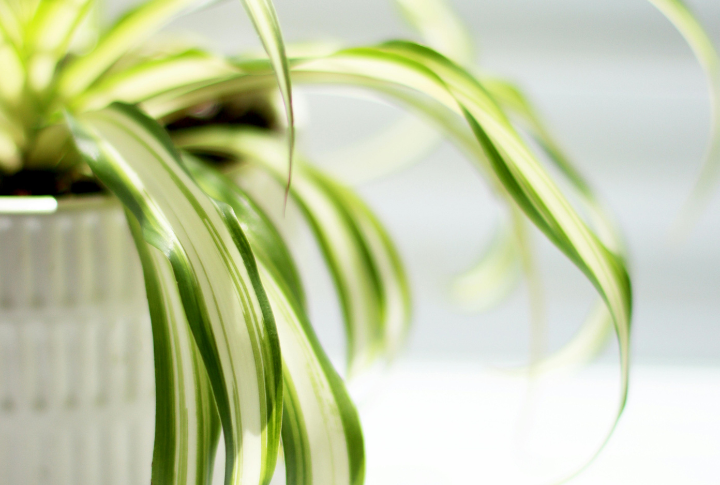
Curling leaves are an early sign of moisture stress, as spider plants instinctively fold their foliage to conserve water. Once the leaves appear wrinkled or folded, the plant is already struggling. If it doesn’t bounce back after watering, the roots may need extra care to recover.
Leaves Start Drooping Instead Of Standing Upright
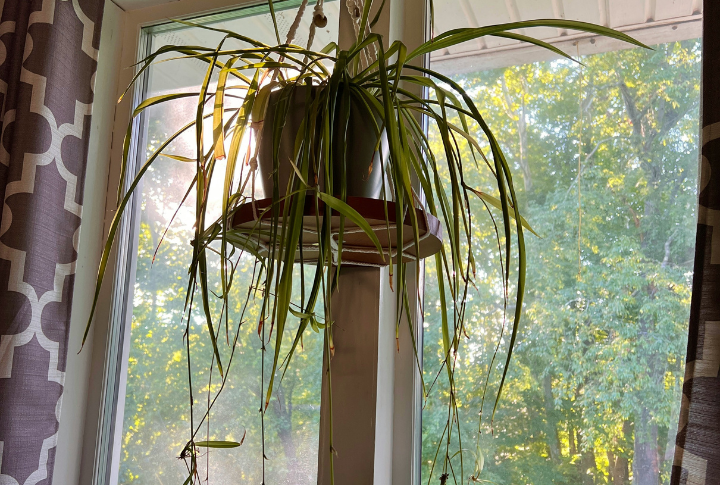
A deep soak is the best way to revive droopy leaves, as it helps restore lost moisture and turgor pressure. When a spider plant lacks water, it loses the internal pressure needed to keep its structure intact, causing excessive wilting. While spider plants naturally arch, severe drooping signals dehydration and should not be ignored for too long.
Leaf Tips Turn Brown And Crispy
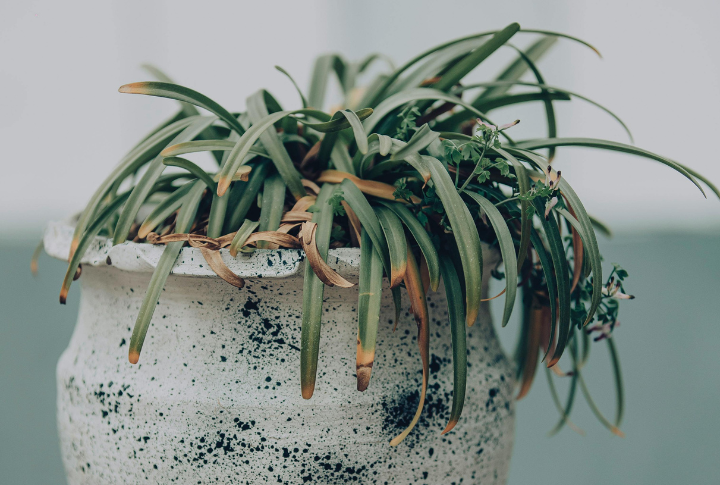
Crispy, brown leaf tips are a clear sign of dehydration, often caused by dry indoor air or mineral buildup in the soil. The tips dry out permanently as moisture loss continues and cannot recover. However, trimming the affected areas and adjusting watering habits can prevent the damage.
Soil Pulls Away From The Pot Edges
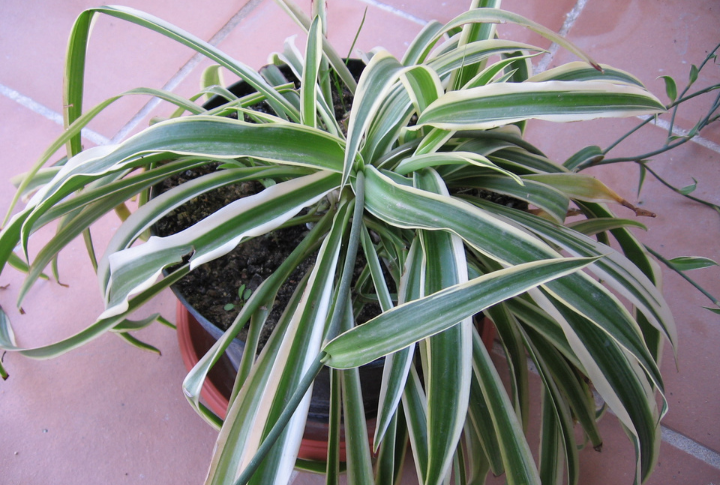
When soil becomes overly dry, it shrinks and pulls away from the pot’s sides, leaving apparent gaps between the soil and the container. The moisture loss causes the soil particles to contract and weakens its grip on the pot. Gardeners often notice this issue in terracotta pots or in settings where plants experience high heat.
Growth Slows Down Or Stops Completely
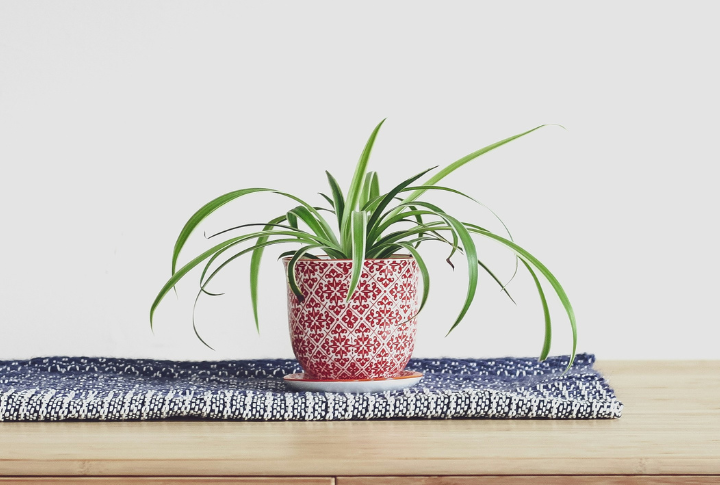
When moisture levels drop, new leaves struggle to expand, and growth slows down as the plant shifts into survival mode. Instead of producing fresh shoots, it conserves energy to stay alive. Consistent watering springs back to life, rewarding you with vibrant new foliage!
Roots Look Dry And Brittle Instead Of Plump
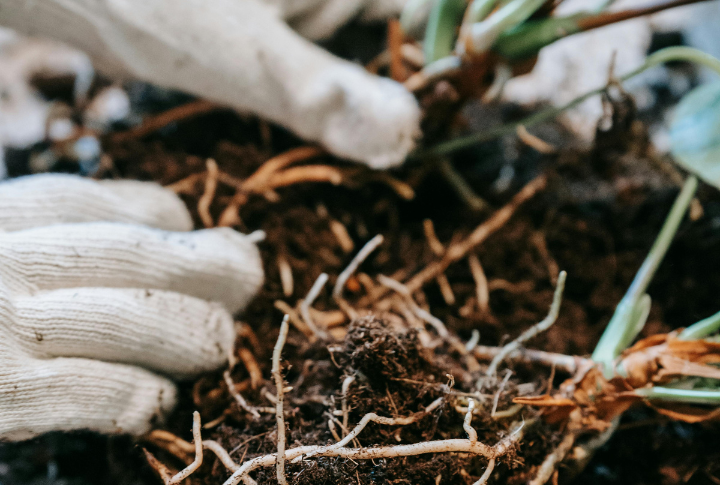
Over time, severely dehydrated roots lose their ability to function. If ignored for too long, they can die off, making recovery nearly impossible. Wondering if your plant is in danger? Take a look at the roots—they’ll always tell the truth.
Leaves Feel Thin And Limp Instead Of Firm
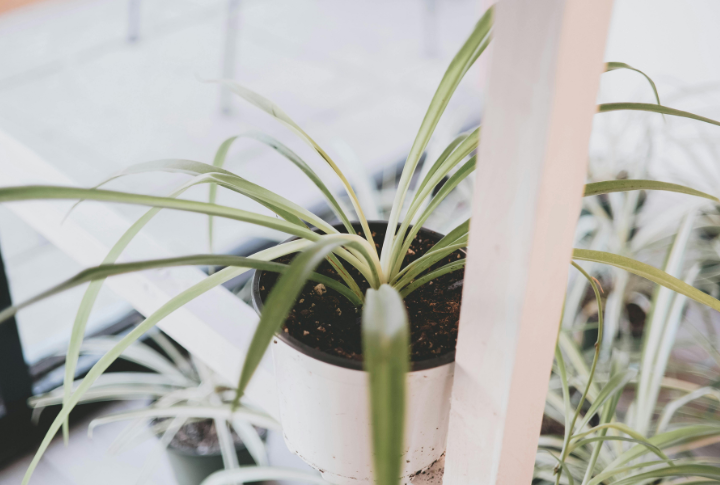
Healthy spider plants maintain plump, slightly rigid leaves because they store water inside their cells for hydration. However, when moisture levels drop, the leaves lose their firmness, becoming thin, limp, and lifeless as the plant struggles to retain water.
Soil Becomes Hydrophobic And Repels Water
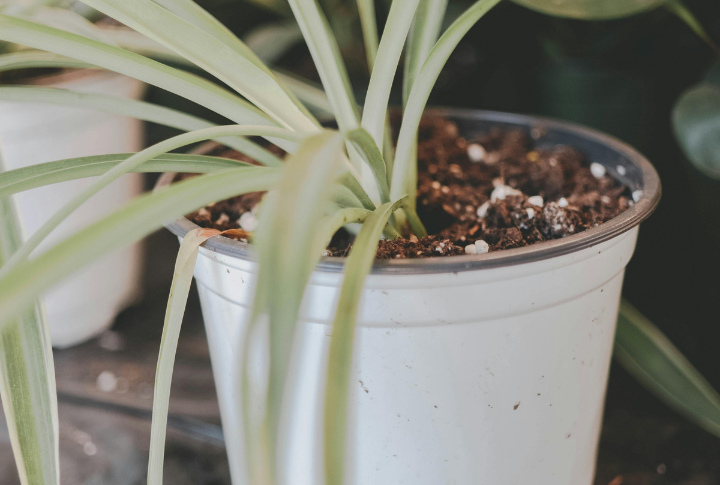
When soil gets too dry, it starts repelling water instead of absorbing it. Moisture either pools on top or slips down the sides, leaving the roots parched. This happens when prolonged dryness makes the soil hydrophobic. The good news? Bottom-watering can fix it, slowly rehydrating the plant and restoring the moisture it needs to thrive.
Leaves Develop Pale Or Yellow Streaks
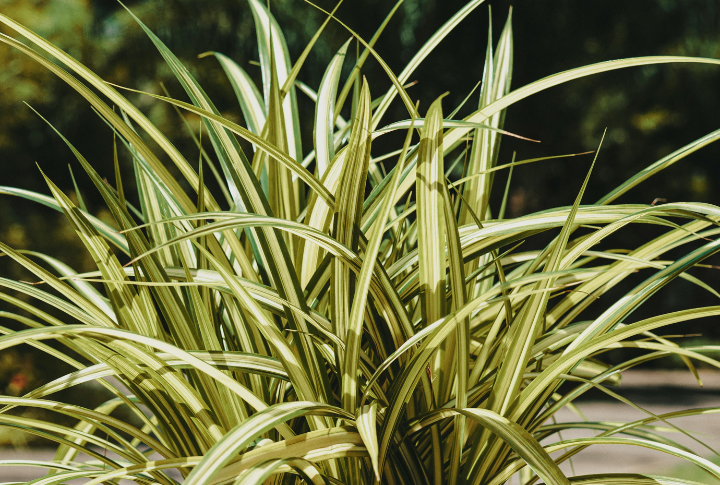
Discoloration isn’t always caused by overwatering—sometimes, it’s a sign of thirst! Without enough moisture, a spider plant struggles to produce chlorophyll, leading to pale or yellow streaks. Over time, its vibrant green fades, making proper hydration essential for healthy growth.
Babies Or Runners Start Drying Up
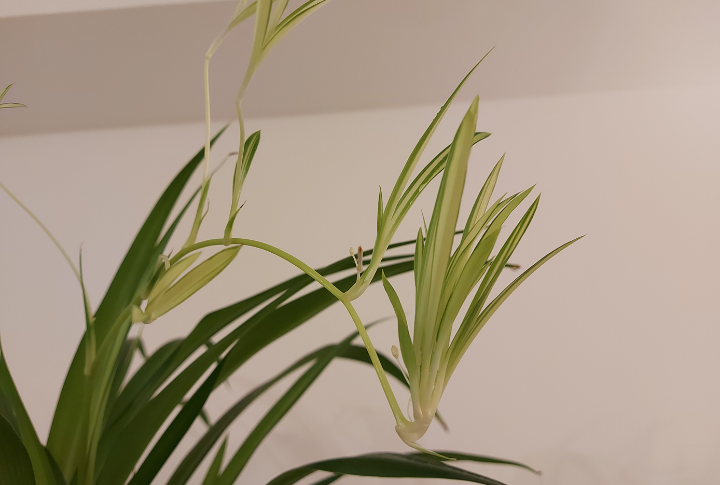
A well-hydrated spider plant rewards you with baby offshoots, or spiderettes, as a sign of good health. However, when water levels drop, the plant prioritizes survival over propagation and cuts off resources to its runners. As a result, spiderettes dry up or fall off.

